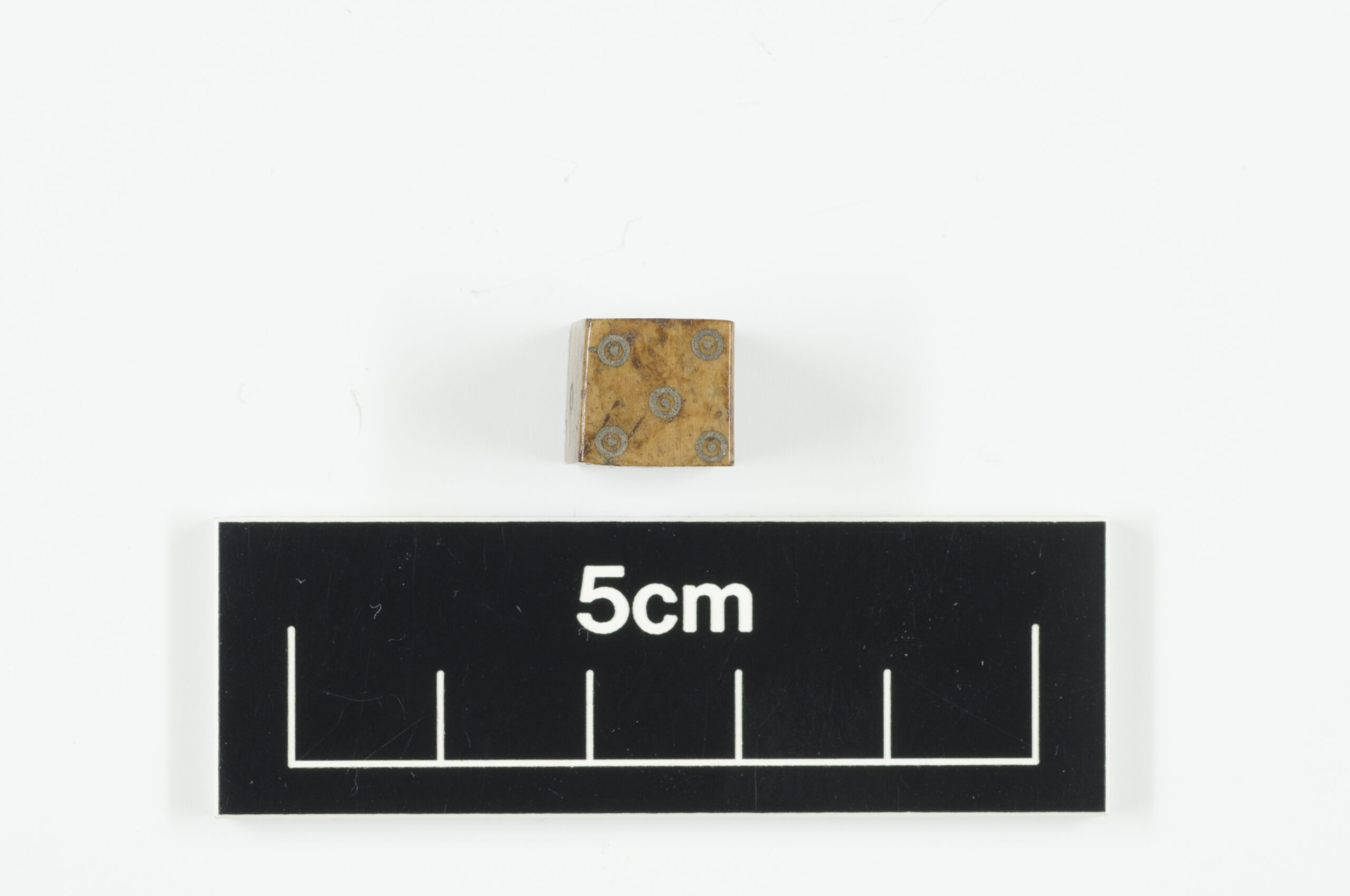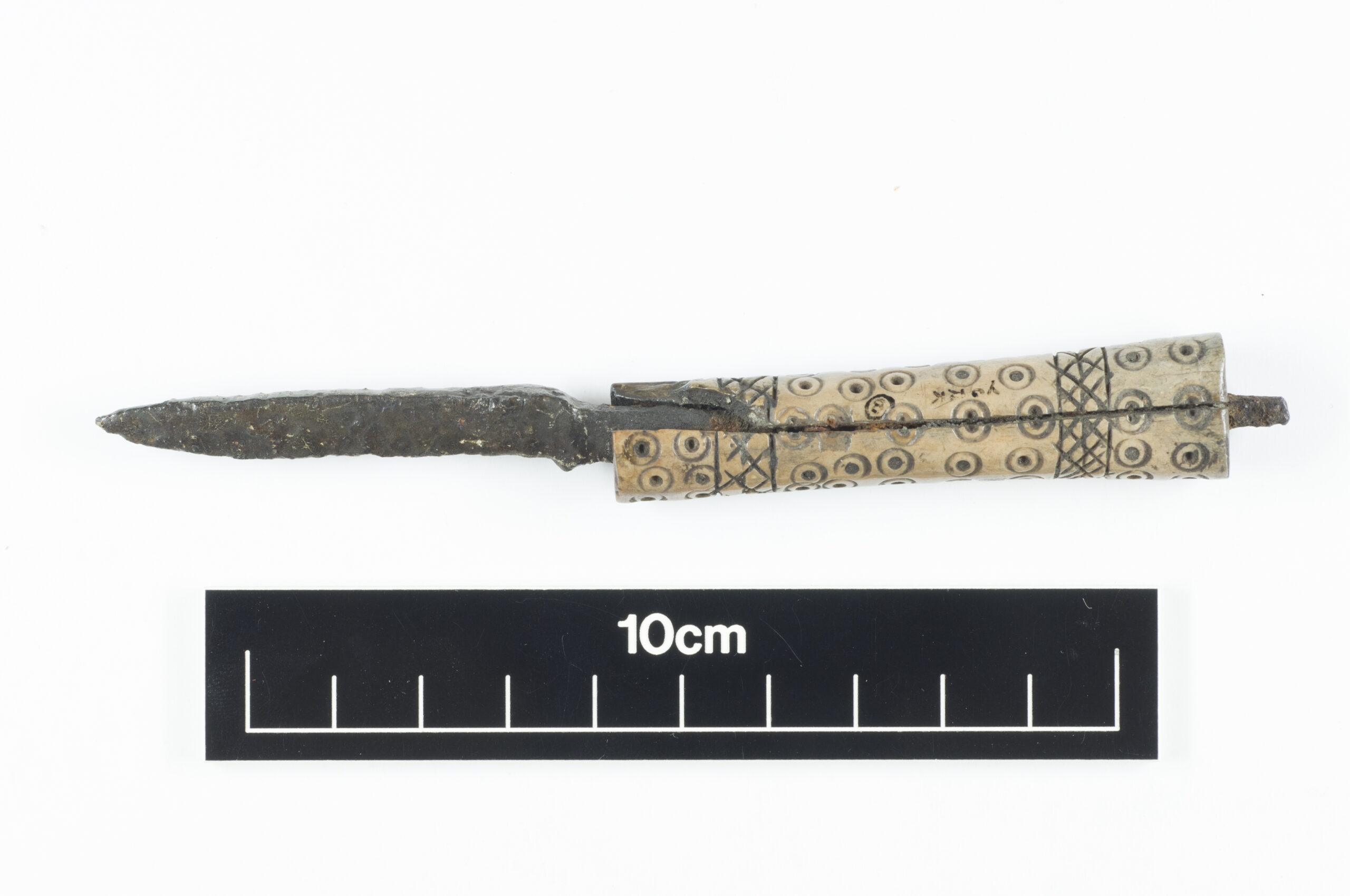From Buckles to Board Games: Discovering the Timeless Objects of Viking Yorkshire by Ashley Rickman

Buckle, Anglo-Scandinavian, 866-1066 CE, bone.
Have you ever wondered how people in the past prepared for their day? Did they use buckles to fasten their clothing and bags or paring knives to slice fruit for breakfast? And in the evenings, how did they spend their free time? Did they enjoy games and activities with family and friends? It may come as a surprise that medieval Vikings in Britain, known as Anglo-Scandinavians, utilised (and even invented) many objects we still use today, with designs that have remained essentially unchanged!

Game Die, Anglo-Scandinavian, 866-1066 CE, antler.
Yorkshire, particularly the city of York, was a key hub of Viking activity during their expansion into England, marked by the Danish invasion of York in 866 CE. The “Great Viking Army” evolved from raiders to settlers, dotting the regional landscape with personal, practical and domestic objects that we can recognise from our own daily activities. This deep-rooted Anglo-Scandinavian heritage has left Yorkshire rich with artefacts that offer exceptional insights into the daily lives of these communities in early medieval England.

Knife, Anglo-Scandinavian, 866-1066 CE, bone, iron.
By peeking behind the curatorial curtain at pieces from the collections not on display, we see that certain items are notably similar to those still used today. This includes a buckle made of animal bone, an antler gaming die, a small iron and bone knife, and an iron horseshoe, all dated to approximately 866-1066 CE.

Horseshoe, Anglo-Scandinavian, 866-1066 CE, iron.
Thought Questions:
- Which objects on display in the Yorkshire Museum bear a resemblance to those we use in contemporary society, and in what specific ways do they differ or remain unchanged?
- How does the enduring design of these objects over the past millennium reflect the ingenuity and cultural sophistication of early Anglo-Scandinavian communities?

